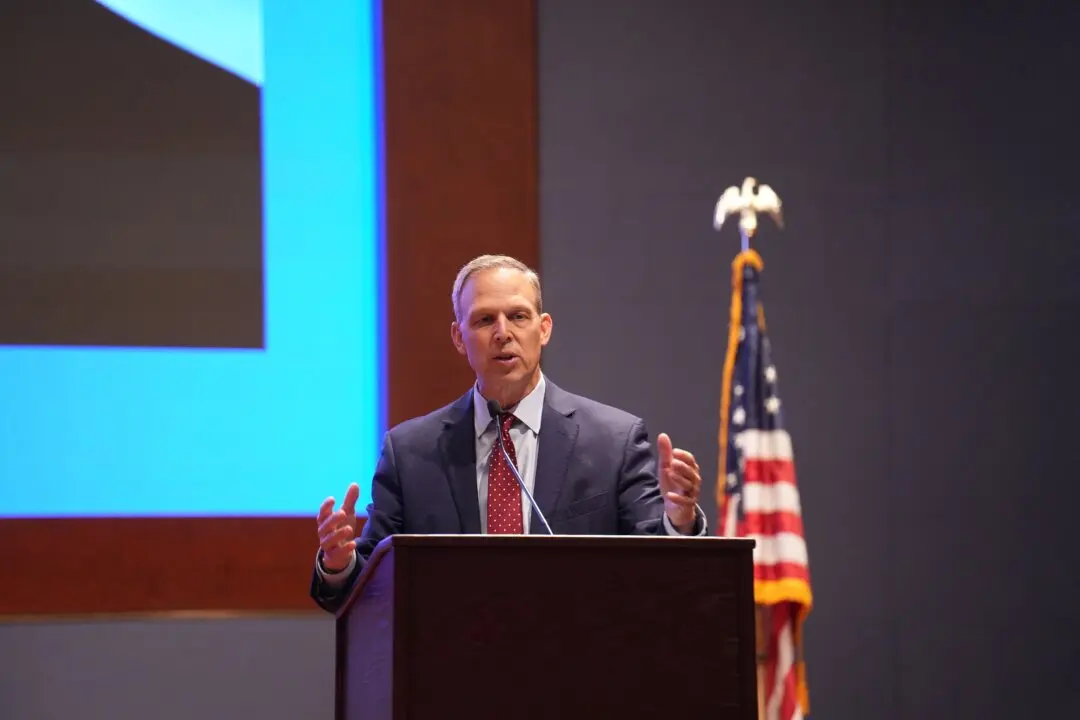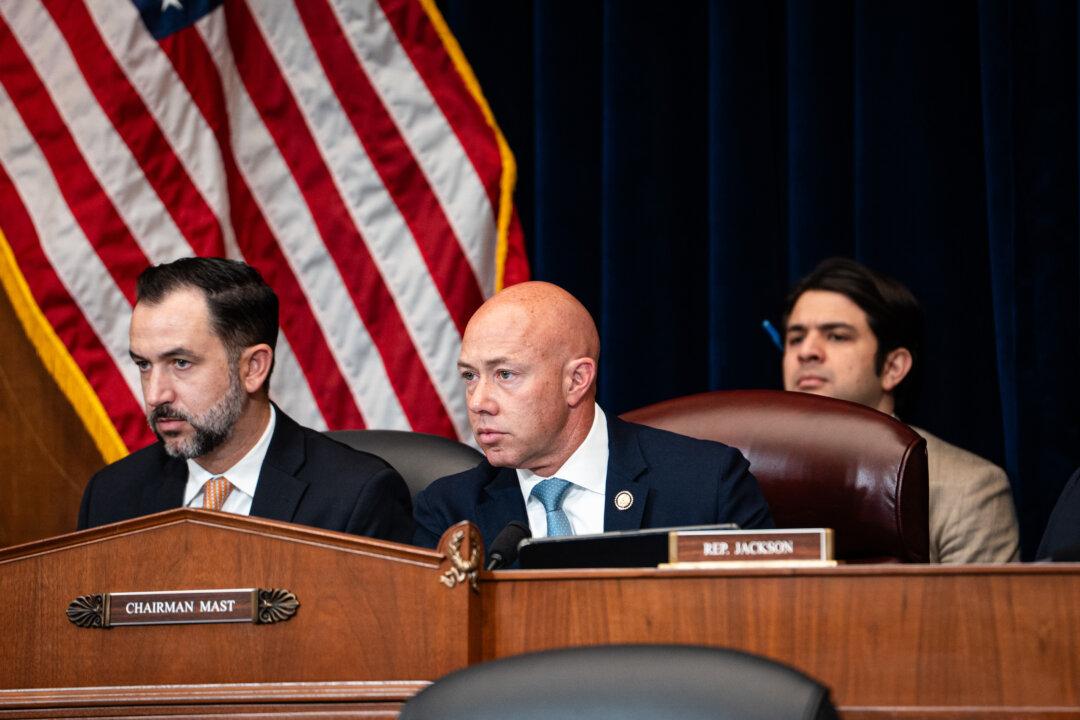NEW YORK—The transportation hub of Long Island City has been growing at a rapid pace in recent years, attracting businesses from a variety of sectors and a large overflow of residents from Brooklyn.
On Tuesday, the neighborhood—really more of a city—held its first summit where elected officials and industry leaders discussed opportunities for growth. Despite the very low vacancy rates, Long Island City is in a transformative state and optimistic in being able to attract and foster many more businesses.
Close to 10,000 residential units are in the works, Cornell-Technion’s new campus is just a stone throw away on Roosevelt Island, the city’s top three fastest growing sectors are embedded here, but “it’s still a little under the radar,” said Jonathan Bowles of the Center for an Urban Future.
City officials including Planning Commissioner Carl Weisbrod, Deputy Mayor Alicia Glen, Borough President Melinda Katz, avid think tank leaders like Bowles, discussed challenges and opportunities.
Historically, when a manufacturing neighborhood starts seeing residential development its only a matter of time before residential takes over, but Weisbrod thinks Long Island City can prove otherwise.
“There’s an opportunity to demonstrate how these uses reinforcing instead of competing,” he said.
One of the challenges will be to attract development in the less connected corners of the neighborhood. There is a bus line that loops around the neighborhood, but other than that “we don’t have good intradistrict transportation,” said Elizabeth Lusskin, executive director of the LIC Partnership.
another is encouraging industrial development, which is far less lucrative than residential and hard to discount. Weisbrod all but discounted the possibility of building more manufacturing space in the city, but suggested going vertical.




